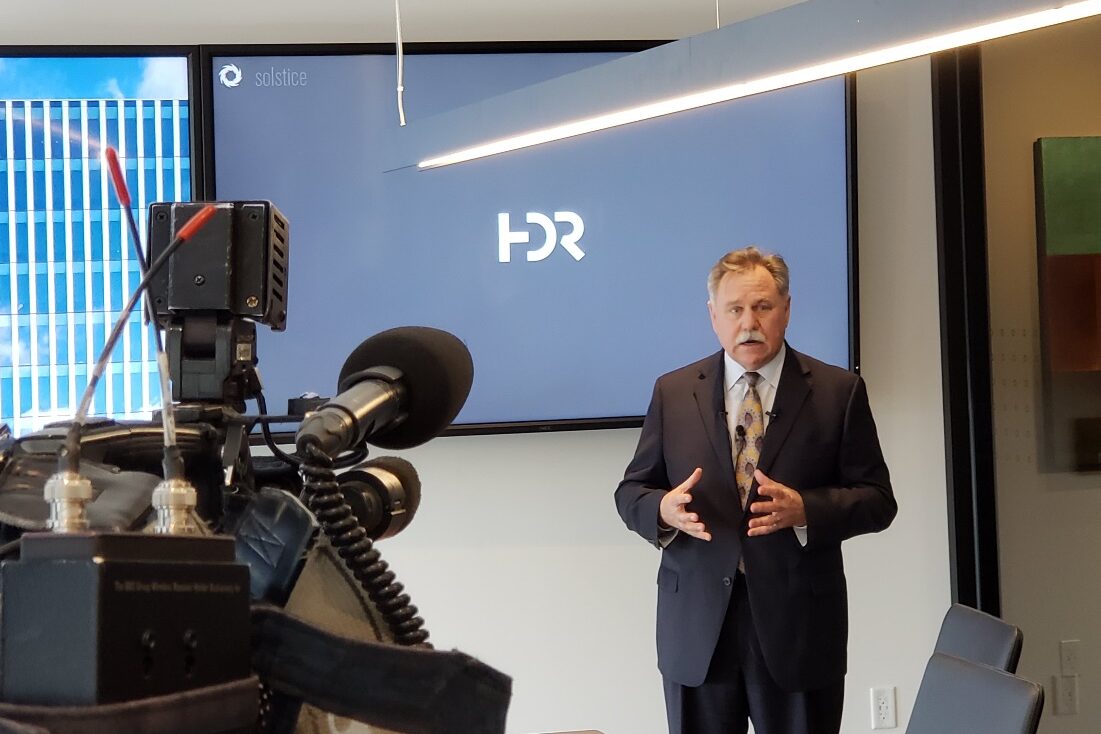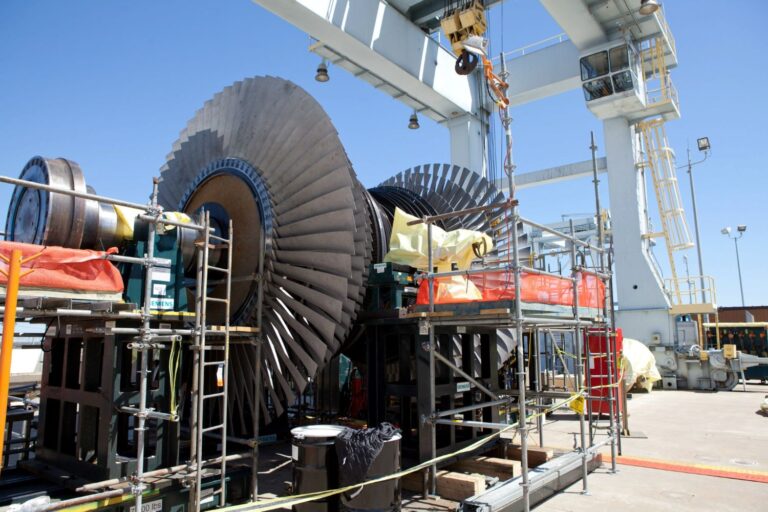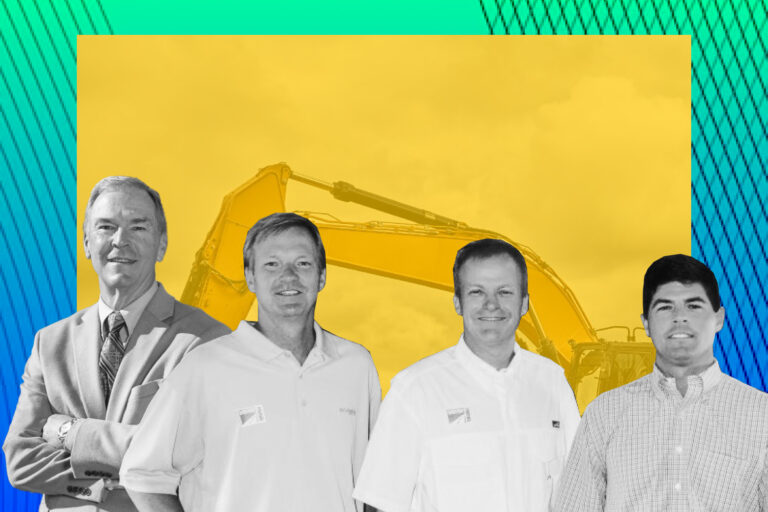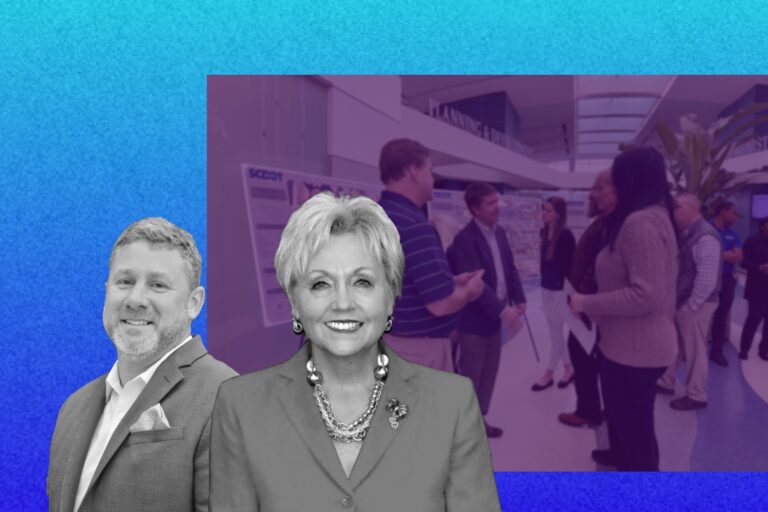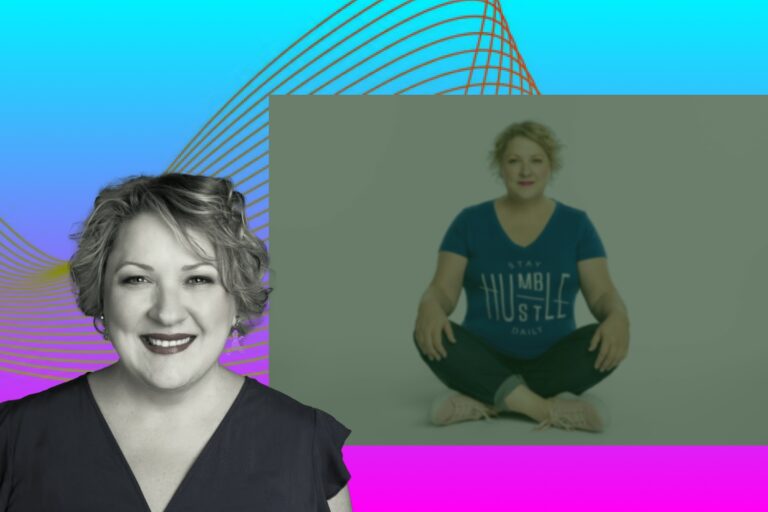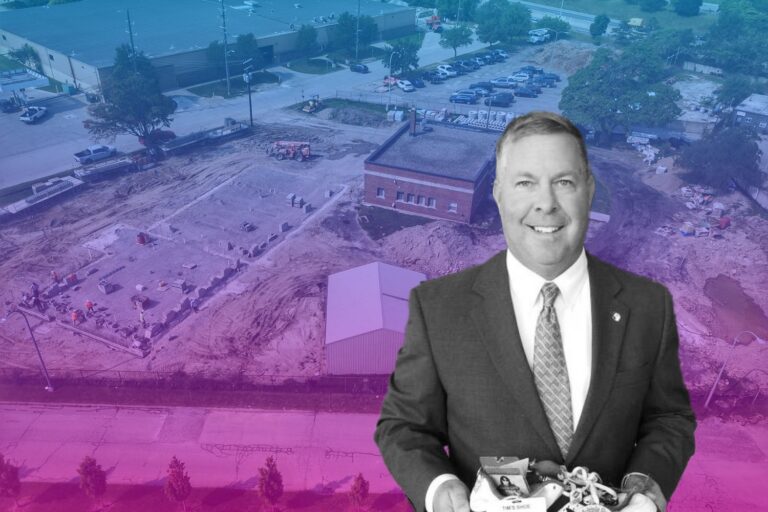HDR: How This Long-Established Firm Robustly Stays “Young & Innovative” Despite Ups & Downs
Founded in 1917, HDR was headquartered in Omaha, Nebraska, United States. It made its early reputation designing hospitals and medical facilities for high-profile clients like the Mayo Clinic, the Johns Hopkins School of Medicine, and the Cleveland Clinic.
Today, it has approximately 10,000+ professionals in more than 200 offices in 13 countries around the globe. Over 104 years of pushing boundaries, the firm aims to maintain leadership in healthcare while diversifying into manufacturing facilities, development labs, and higher education.
To be number one in a highly competitive field like healthcare design, an engineering and architectural firm has to attract and develop top-notch talent. HDR Architecture, HDR’s subsidiaries, which ranked No. 1 in Modern Healthcare’s 2013 “Annual Construction & Design Survey of Healthcare Architects” excels at many things, not least of which is staff development.
This Omaha-based firm has offered its employees numerous opportunities for training, with the goal of creating a culture of career-long learning. That cultural trait, along with the firm’s excellent reputation and diverse project portfolio, is a compelling reason for talented designers to sign on and stay with HDR.
Employee-Ownership Culture: The Key Pillar!
Over more than 100 years throughout its history of development, a lot can change in HDR: Technologies improve, communities evolve, people come and go. But to withstand a century of disruptions, it must be built on a solid foundation. In the case of HDR, that foundation is its communities.
“Led by the strength of our values and a culture shaped by employee ownership, we network with each other, build on each other’s contributions, and collaborate together to make great things possible.” – said HDR.
Asked to describe HDR’s advantages in attracting talent, Merle Bachman – President at HDR – emphasizes its employee-ownership culture, career development programs, and open, inclusive leadership philosophy.
HDR became employee-owned in 1997. Since then, its fortunes and stock price have risen steadily; in recent years, stock appreciation has surpassed 15% annually. Employee pride of ownership is a big contributor to success, Bachman says. This manifests itself in many ways, such as a strong employee referral program that yields top-quality hires. “Everybody wants to make sure that their referrals will work hard and contribute to our success,” he says.
In fact, HDR fuels its talent pipeline by offering as many as 30 college internships per year. Its employee referral program provides employees with bonuses ranging from $750 to $3,500 for referrals who are subsequently hired.
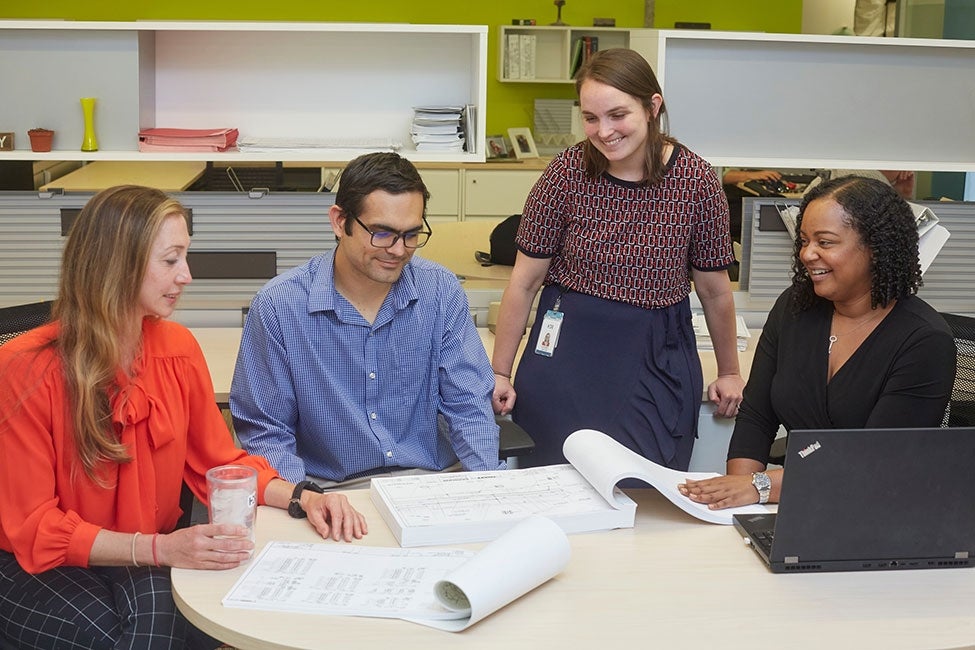
How Does the Firm’s Strategic Innovation Come from Idea?
Not only the employees but also the innovative operation contributes essential role to firm’s success. And innovative operation does not happen by chance. In the world of business, it results from a core set of activities and behaviors designed to help discovering concepts at the fringes of today’s practice. HDR is not the exception.
According to HDR’s statement with mass media, its first motivation is advancing the company’s value and meaning to the world. By defining the future of every industry depends on adapting to remain relevant, it has always balanced analytic and intuitive innovation.
“We have come to recognize that full integration between strategy, operations, and planning is necessary to ensure that the solutions for our clients are responsive to their business and environments concurrently.”
To get that goal, the firm has worked with progressive organizations and healthcare thought-leaders from every corner of the world. That’s why today, the firm designs process to develop new strategies and approaches for challenges within the healthcare industry in integrated planning.
It also expands its team with experts outside of the healthcare industry, bringing a more robust and encompassing process. The depths of partnerships allow this firm to build unique teams for every engagement, capitalizing on different ways of thinking and seeing the world.
“It is collaborative. It is successful. And it can position you to surpass the competition.” – Stated HDR.
#1: Staying up to Date on Intelligent Transportation Systems (ITS)
Some of HDR’s typical innovations was supported by Intelligent Transportation Systems (ITS). According to Michael Whalen, HDR’s Mechanical Section Manager, this innovative solution helps this firm take better advantage of such advancements in transportation with appropriately implement.
HDR has used ITS technology to enable some truly solutions. For example, in the SR 520 floating bridge project in the Seattle area for Washington DOT they helped to implement a Smart Highways system. It uses a battery of ITS technologies collectively known as active traffic and demand management that uses overhead gantries, dynamic message boards and sensors to detect traffic conditions, automatically adjust speed limits and direct travelers to specific lanes.
“This leads to improvements in safety, mobility, efficiency and more. These strategies are also much less expensive to implement than physical roadside changes such as adding a lane or widening a roadway.” – said Whalen.
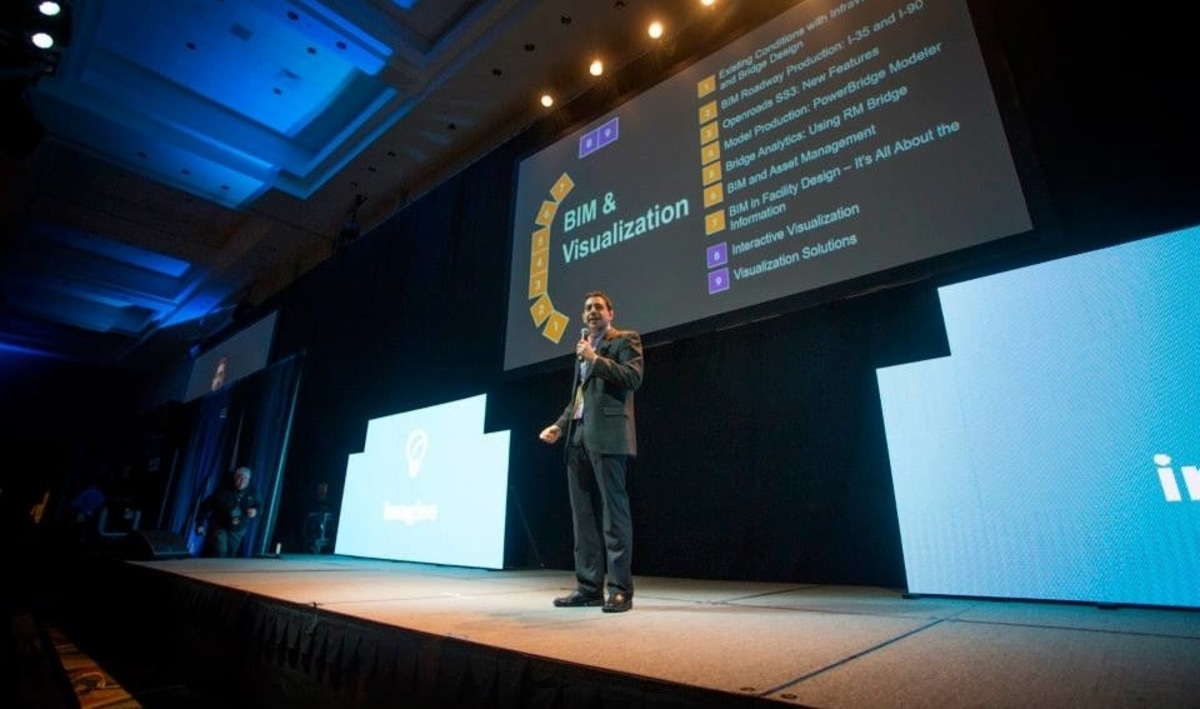
#2: Structural Health Monitoring (SHM) Technologies: The Importance of Automation
Graduated from the realm of university research, this technology has developing into equipment that widely applied in architectural firms. It allows those firms to focus less on the equipment and more on the data being recorded, which indirectly manages overall asset.
HDR has incorporated SHM technologies into structures to help their owners evaluate when special inspections or maintenance should be scheduled. Additionally, they have used sensors to update bridge-load ratings and truck weight-limit postings.
“The industry seems to be very close to making this an exceptional tool for safe and repeated inspections.” – said Duncan Paterson, Bridge Instrumentation Program Lead at HDR.
Applying this technology into operation, HDR can decrease lane closures and greater safety for workers, who would no longer need to be in harm’s way to perform inspections.
“Listen First” Value: Look at the Big Picture
“Asset-intensive infrastructure capital programs come in all shapes and sizes and need a range of services that are flexible and adapted to the unique needs of each owner and program.”
In the interview with Expert talk, Erin Slayton, P.E., HDR’s Transportation Program Management Services Director, lists some key points that are vital to HDR’s successful program management. Drawing on her deep background on complex, multibillion-dollar programs, she sheds light on how to approach program management to achieve its potential.
Defining program management as planning and delivering interrelated services, this firm management integrated multi-disciplinary team in a coordinated way. By this way, they can achieve an overarching outcome and obtain benefits that could not be obtained by managing them individually.
“A program management approach is scalable to the needs of the program, and frequently hinges on upfront attention to identifying risks, using project controls tools, and maximizing staff efficiency. Our goal is to invest time early to develop an efficient team structure and to manage risks that may get missed without a programmatic approach.” – said Slayton. Unlike other past industry examples, where a program management approach did not return the expected results; what makes HDR’s approach successful is its “Listen First” Value.
Starting from an assumption of trust and partnership and listening, focusing on solving problems together; HDR excels even when initial plans have to change because of unexpected condition.
“We stand by our client’s side, find the solutions together, and deliver the program so our clients fulfill their commitments to their constituents, even when things don’t go according to the initial plan.” – Slayton explained the difference of HDR.
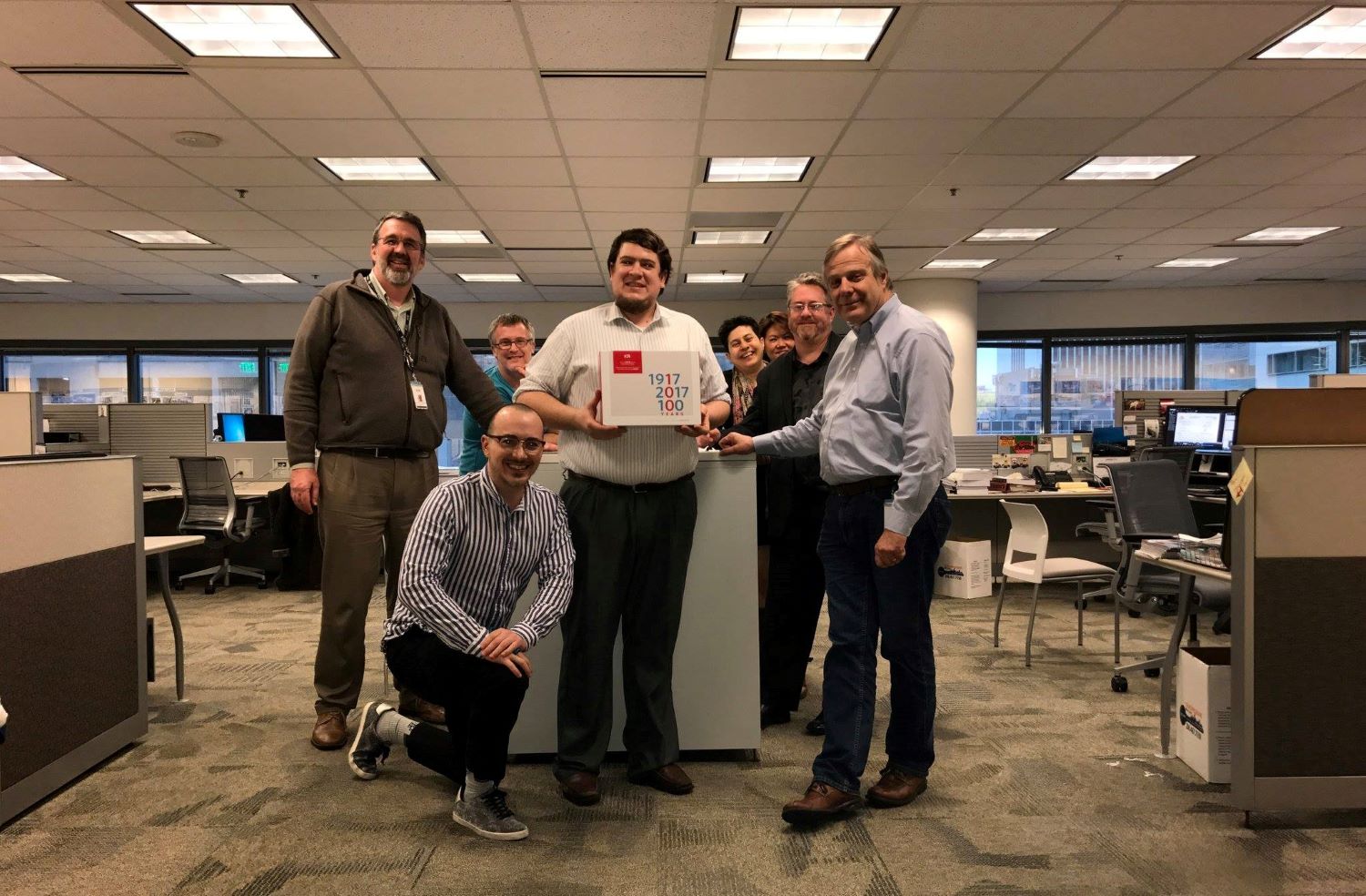
It is obvious that, the firm’s culture is working for the good of the team, the program, and the community. An extraordinarily strong element of its approach is the attitude that they put their customer’s experience in center. This company is also flexible: they have whatever they need to operate the system or program and stand ready to transition to the next program if needed. In the other words, taking the long-term cooperation and operation into consideration, the firm successfully control the whole picture.
Besides, this firm also give opportunity for its younger staff to experience new situations, see the bigger picture, and grow their readiness for responsibility.
“The big-picture management approach that’s required for a billion-dollar program is a completely different skillset than the detailed approach required to be successful in design or even in managing smaller projects. The best way to learn to deliver these large programs is through experience gained on the job.” – said Slayton.
The executive board has tapped their employees on the shoulder for opportunities, made sure they felt supported, invited them to experience and participate in things that might have been “above their pay grade.”
This culture not only encourages HDR’s people to improve themselves, to build careers, to fulfill the benefits; but also helps the long-term development of the organization and the community.
The Resilience During COVID-19
All the world is a stage, but the COVID-19 pandemic has rewritten the script. With the COVID-19 crisis, fundamental changes in consumer behavior, supply chains, and routes to market are knocking companies off balance. It is obvious that this pandemic has seriously affected the business around the world, especially in case an architectural firm like HDR.
As HDR’s ongoing objective is to protect the safety and health of employees, clients and communities around the globe, the company has changed its operation in order to adapt the situation. Its business continuity plans are in force in performing additional office cleaning, emphasizing personal hygiene, and encouraging employees who experience symptoms to stay home. In the order word, its employees are telecommuting within company guidelines.
The firm has successfully taken use of its technology resources and capabilities to ensure the vast majority of its employees can work remotely. In addition, it also adds new applications to assist in these efforts.
“We are closely monitoring travel recommendations from the Centers for Disease Control and Prevention and the World Health Organization, and we are following entry and exit protocols in all countries in which we do business.” – said Eric Keen, Chairman and CEO of HDR.
In the event of a business disruption based on a COVID-19 incident, HDR has its project delivery teams have the resources to work remotely and use virtual protocols to reduce potential exposures. Further, it also recommended that project teams work with clients and partners to identify ways to reduce in-person meetings whenever possible.
“Flexibility during these extraordinary times is important, and we are continually evaluating our procedures as the situation develops.” – said Keen. “We will continue to provide clear and open lines of communication to address the ongoing and emerging issues before all of us.” – he added.
The Bottom Lines
With its human-centric approach to operational change, emphasis on innovative solution and resilience, as well as ability to create communities of support through internal networking, HDR has been ahead of the curve in so many ways. The company will continuously focus on this strategic approach, which helps it thrive to integrate its solutions and attract experts. In spite of the disruption caused by Covid-19, the firm seems to remain developing sustainably.

